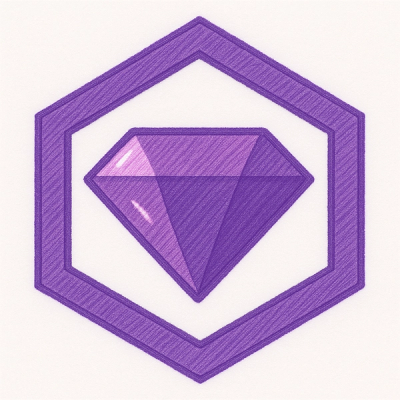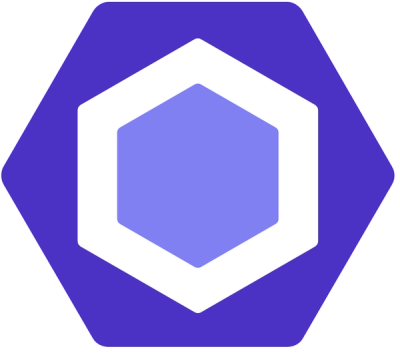
Security News
Follow-up and Clarification on Recent Malicious Ruby Gems Campaign
A clarification on our recent research investigating 60 malicious Ruby gems.
JSONCanvas Implementation for Ruby.
To install JsonCanvas gem, add this line to your application's Gemfile:
gem 'json_canvas'
And then execute:
$ bundle install
Or install it yourself as:
$ gem install json_canvas
To use JSONCanvas, include the gem in your Ruby script:
require 'json_canvas'
Create a new canvas using:
jc = JsonCanvas.create
Add text nodes to the canvas:
text_node = jc.add_text(text: "Hi")
You can customize the text node with parameters like id, position, size, content and color:
custom_text = jc.add_text(id: "unique_id", x: 50, y: 100, width: 200, height: 50, text: "Hello World!", color: "2")
Add file and link nodes with specific attributes:
file_node = jc.add_file(file: "path/to/file")
link_node = jc.add_link(url: "https://example.com")
group_node = jc.add_group(label: "Test Group")
Connect nodes with edges:
jc = JsonCanvas.create
start = jc.add_text(id: "START", text: "start")
goal = jc.add_text(id: "GOAL", x: 400, text: "goal")
jc.add_edge(id: "edge1", fromNode: start.id, toNode: goal.id)
jc.add_edge(id: "edge2", fromNode: start.id, fromSide: "top", fromEnd: "arrow", toNode: goal.id, toSide: "bottom", toEnd: "arrow", color: "2", label: "HELLO")
To convert your canvas instance into a JSON string, you can use the to_json method.
jc.to_json #=> '{"nodes":[{"id":"START","x":0,"y":0,"width":250,"height":60,"type":"text","text":"start"},{"id":"GOAL","x":400,"y":0,"width":250,"height":60,"type":"text","text":"goal"}],"edges":[{"id":"edge1","fromNode":"START","toNode":"GOAL","fromSide":"right","toSide":"left"},{"id":"edge2","fromNode":"START","toNode":"GOAL","fromSide":"top","fromEnd":"arrow","toSide":"bottom","toEnd":"arrow","color":"2","label":"HELLO"}]}'
Save the canvas to a file or load from it:
# Save to "sample.canvas" file.
jc.save("sample.canvas")
# Load to canvas object.
loaded_canvas = JsonCanvas.parse(File.read("sample.canvas"))
After checking out the repo, run bin/setup to install dependencies. Then, run rake test-unit to run the tests. You can also run bin/console for an interactive prompt that will allow you to experiment.
To install this gem onto your local machine, run bundle exec rake install. To release a new version, update the version number in version.rb, and then run bundle exec rake release, which will create a git tag for the version, push git commits and the created tag, and push the .gem file to rubygems.org.
Bug reports and pull requests are welcome on GitHub at https://github.com/ongaeshi/json_canvas.
The gem is available as open source under the terms of the MIT License.
FAQs
Unknown package
We found that json_canvas demonstrated a not healthy version release cadence and project activity because the last version was released a year ago. It has 1 open source maintainer collaborating on the project.
Did you know?

Socket for GitHub automatically highlights issues in each pull request and monitors the health of all your open source dependencies. Discover the contents of your packages and block harmful activity before you install or update your dependencies.

Security News
A clarification on our recent research investigating 60 malicious Ruby gems.

Security News
ESLint now supports parallel linting with a new --concurrency flag, delivering major speed gains and closing a 10-year-old feature request.

Research
/Security News
A malicious Go module posing as an SSH brute forcer exfiltrates stolen credentials to a Telegram bot controlled by a Russian-speaking threat actor.